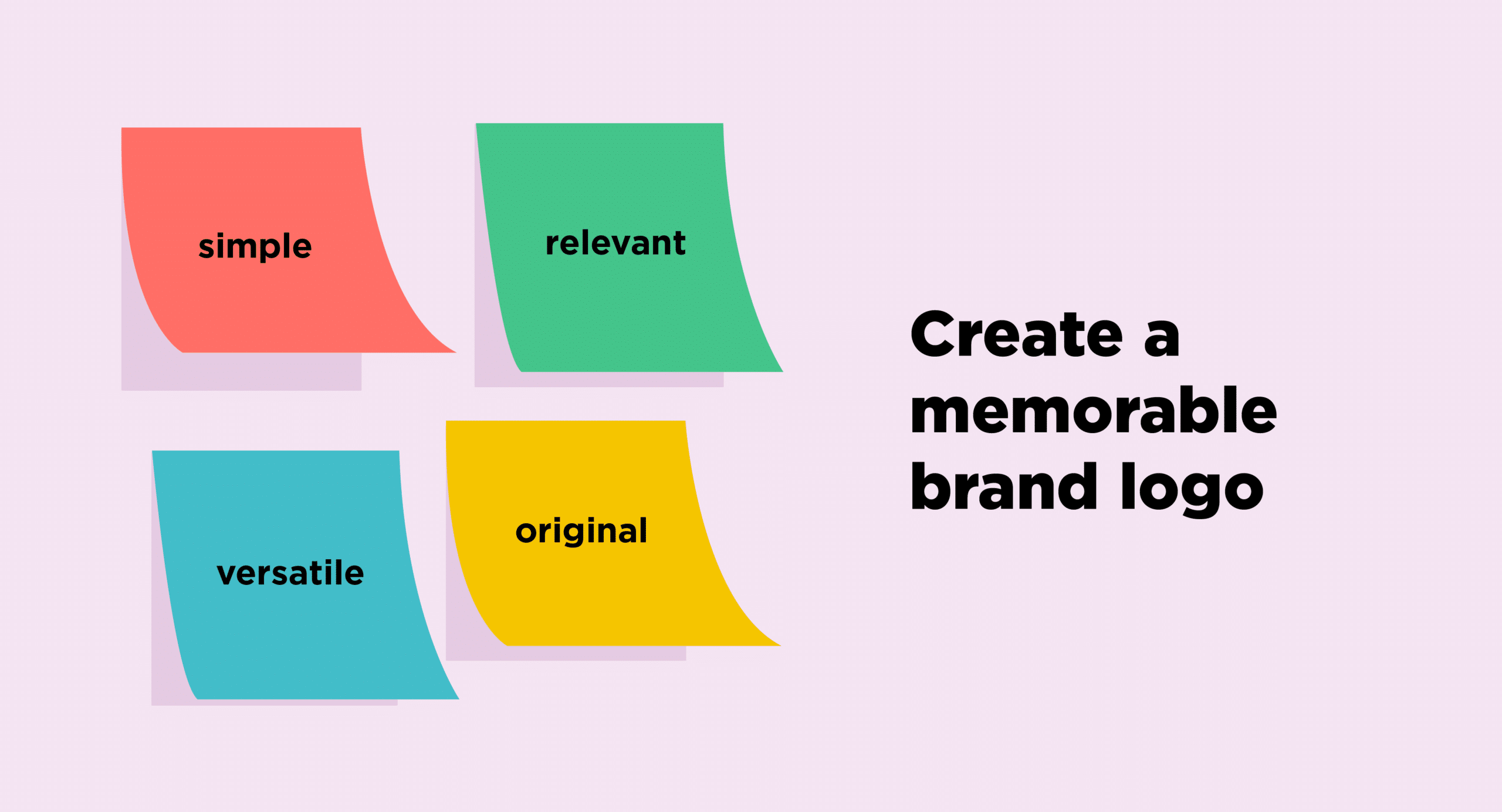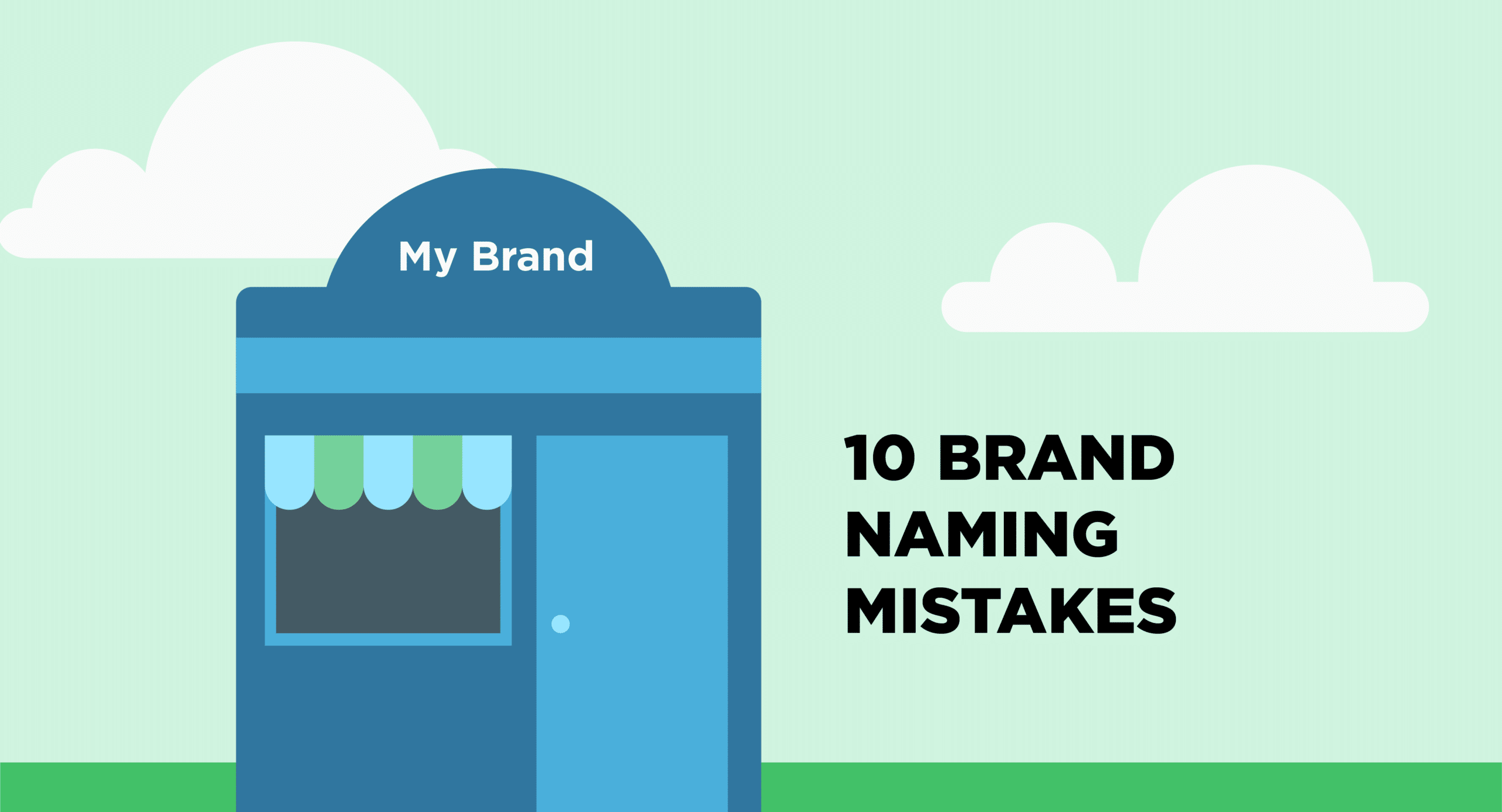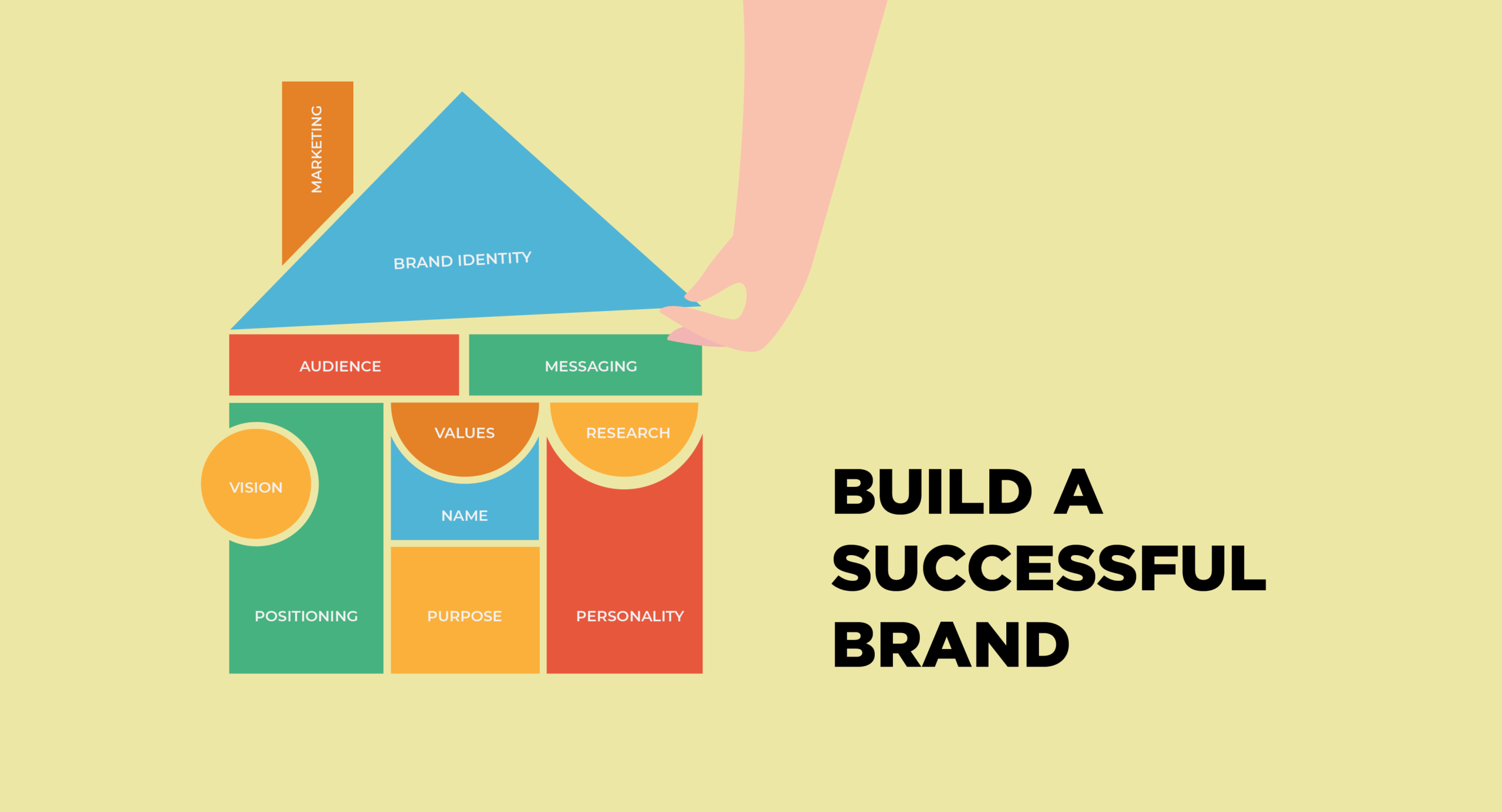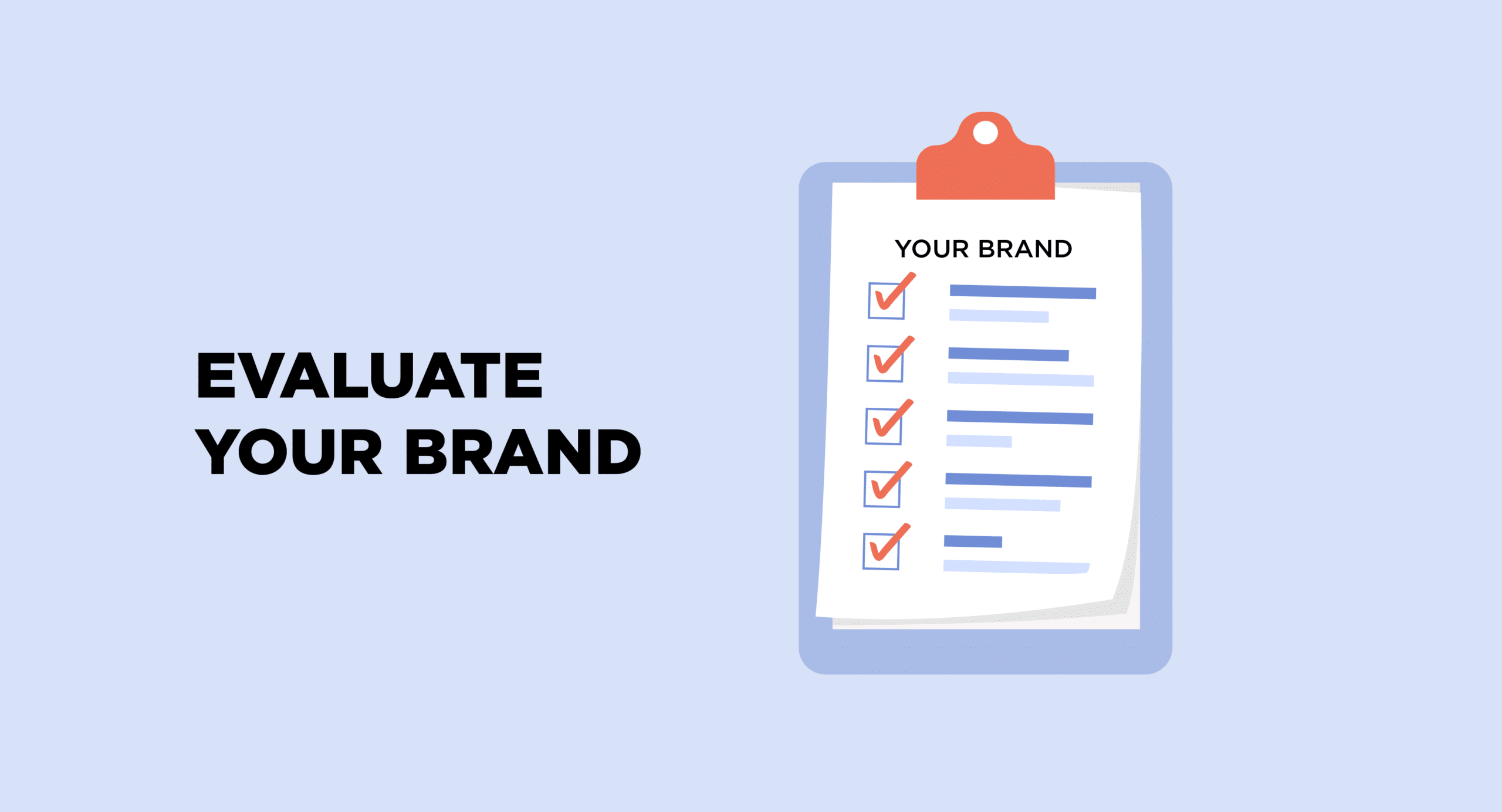CUSTOMER EXPERIENCE
4 Ways to measure the success of your brand’s customer experience
The customer experience must be at the forefront of all your marketing and branding endeavours. So, why aren’t they? Some aren’t focusing on the customer experience because they simply haven’t determined how to measure and define its success.
In order to succeed in today’s market, businesses must learn how to define success outside of the traditional marketing metrics and they need to data to do so. The answer is to create measurable metrics that prove the value of customer experiences – this will enable stakeholders to get the support and results they need to continue.
Traditionally we measure the completion of the customer journey – the product or service is purchased. But, even though they bought from us – are they happy, did they have a great customer experience? The journey should not be considered complete or over but the beginning of a relationship that has that customer returning time after time. At the heart of the matter is that a customer experience is not a one off event – it’s the culmination of all the little experiences and interactions that have led to the relationship our business has with each and every customer.
To begin measuring these experiences we must start with the data. Here are four ways you can gather the relevant data you need to determine a successful customer experience.

1. Activity
Conduct regular polls and surveys, keeping notes that measure activity at each customer touchpoint – did the customer complete what they wanted to at that touchpoint, was that touchpoint successful, did they respond to notifications and emails sent? Consistently collecting and analysing data helps brand to understanding what customer are learning.
2. Emotions
Was your customer happy? Did the quality of your product or service meet their expectations? How did they feel about dealing with you? Emotional data can be extremely unpredictable and yet our actions can be predictable. It can take be difficult but valuable. Consider asking the question about customer experience and satisfaction on a scale of 1-10 – if the customer answers 7, 8, or 9 – how do you know the real issue behind not receiving a 10? It heralds back to measuring the emotion or satisfaction. Some businesses have simplified the process – green (happy), amber (so so) and red (unhappy). Receive red and you know instantly that something is wrong. Receive multiple red and know something is seriously wrong and it can be actioned immediately. It’s a simple process but it’s a great way to collect emotional data easily – online and offline.
Consider taking a leaf from Facebook – measuring emoticons has helped to simplify yet provide more insight into emotional data.
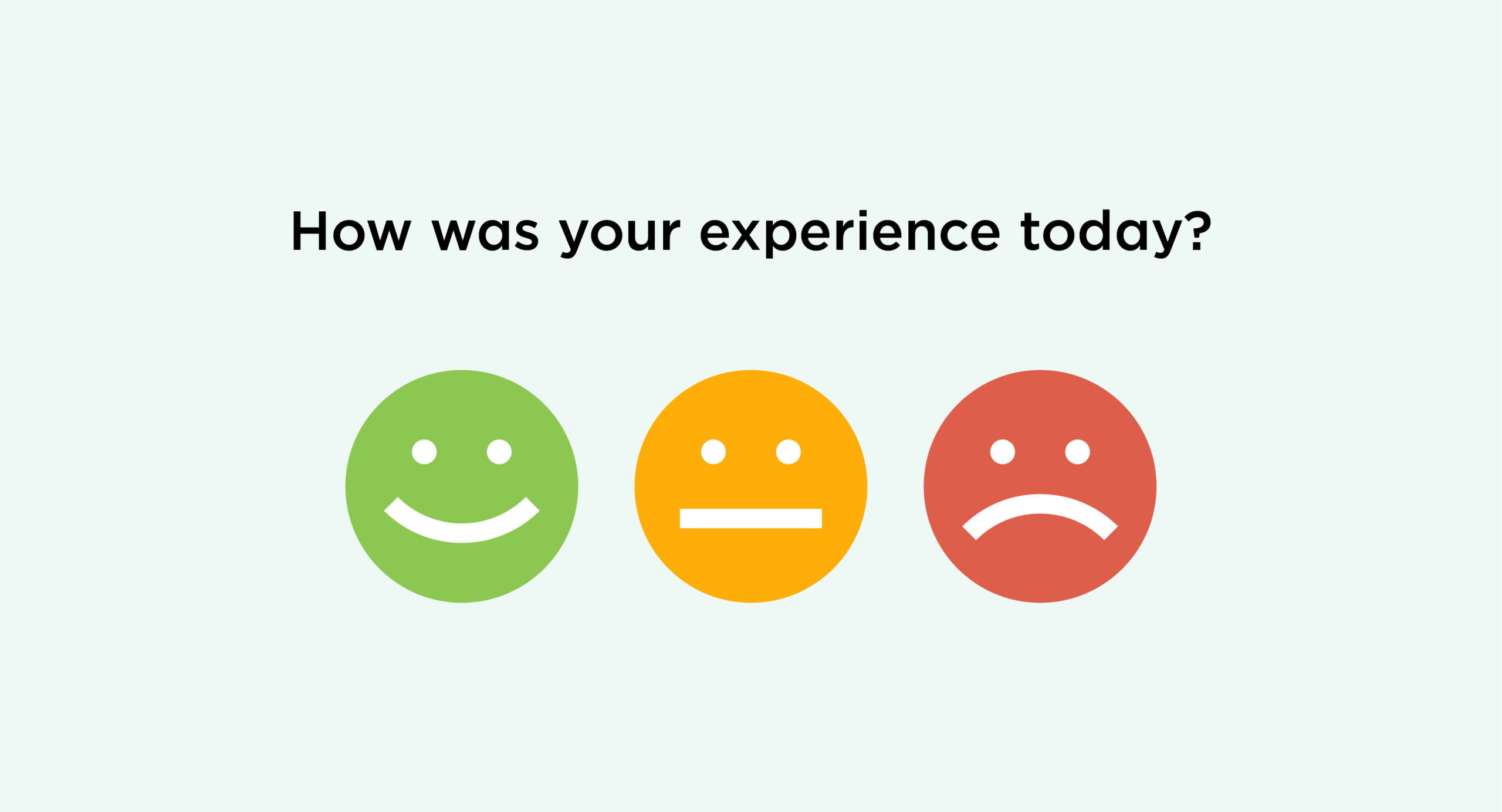
3. Relationships
This is the part that can be extremely difficult to measure – it’s an intangible thing for the most part. Was their experience with your business okay or fantastic? Did the experience change their perception of your business?
Unfortunately, there isn’t a simple behaviour metric which can be used to measure this. But, you can measure it somewhat via tracking – are certain customers buying more, referring others to you, interacting with you more often?
![]()
4. Moving on with customers
To create successful customer experiences and therefore a more successful brand measuring experiences need to be a consistent part of your business processes. Without it you must just be focusing on and optimising the wrong part of your customer journey. Keep your customers close, build relationships, build trust and ensure that your customer experiences are right.
To learn more about how to measure and optimise the customer experience for your brand, contact the experts at Liquid Creativity, your local branding agency.





